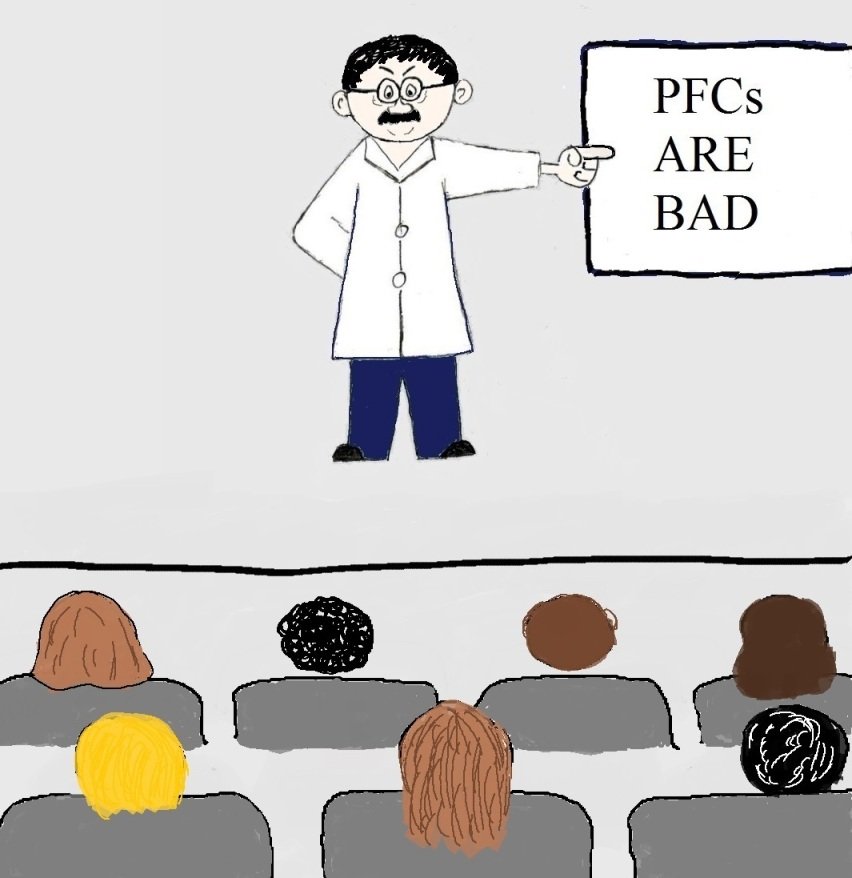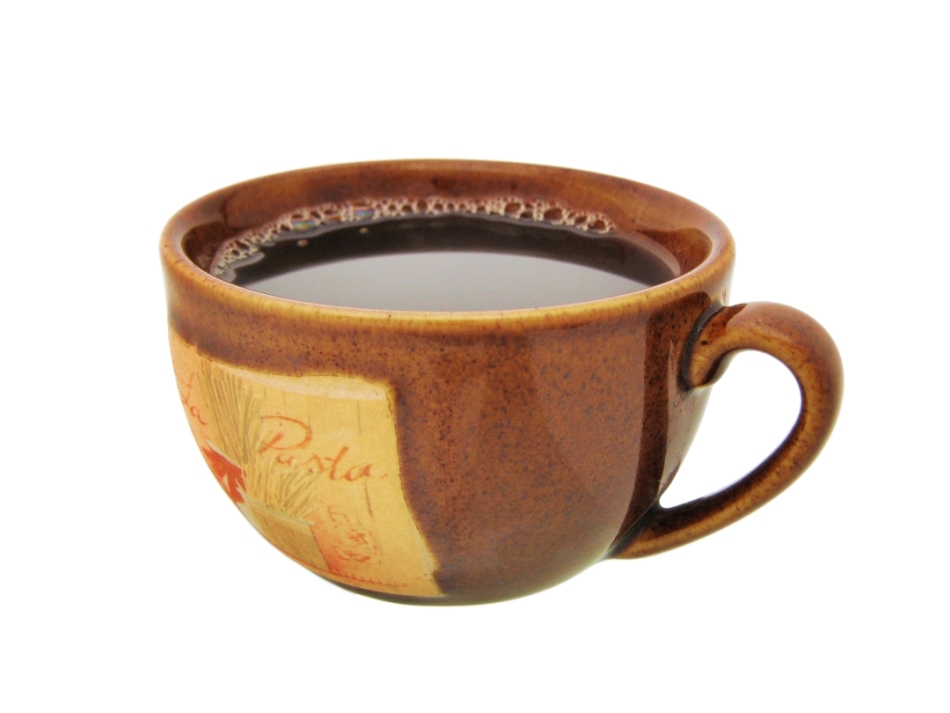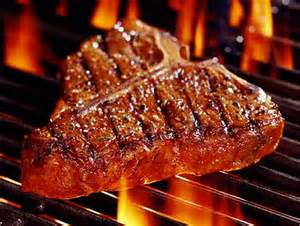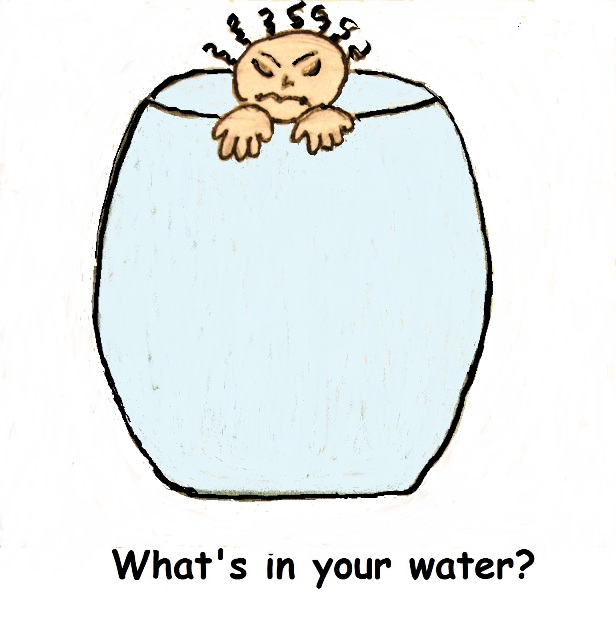- Home
- Non Toxic Food
- Non Toxic Cookware
Non Toxic Cookware
Are you confused about how safe the new types of non stick cookware are? The toxic dangers of the original Teflon cookware made with PFOA are well known.
But now, non stick cookware brands claim their products are PFOA or PTFE or
chemical free. But do these new types make non toxic, non stick a reality?
Well, I'm still on the hunt for non toxic and non stick cookware. For now here are some other non toxic cookware options.
Non Toxic Options
As with any newer products I was skeptical when I began researching the latest non stick options. But let’s face it, a healthy dose of skepticism would have been useful when non stick pans first arrived on the scene.
Still, I was hoping that when I updated this article I would be able to find that elusive non toxic, non stick combination in a brand of cookware. It didn’t happen.
That’s OK. Because I can’t think of one good reason to use non-stick cookware. You have to clean it a certain way, use certain utensils with it and it constantly needs replaced as the non-stick coating wears off.
So, here are some non toxic solutions to toxic, non stick pots and pans.
Cast Iron
Cast iron cookware is a tried and true non toxic solution with a long history. It is very durable and can be used in the oven. On the downside, cast iron is a bit heavy and you do have to season the pans.
But once they are well-seasoned, food won’t stick so cleaning them is very easy. I have several cast iron pans, including an omelet pan that I couldn’t do without. Be aware that there is some concern about iron leaching from cast iron that isn’t well-seasoned.
Stainless Steel
Stainless steel cookware is a great alternative to non-stick. It browns food better, heats evenly and lasts a lifetime. I’ve had the same set of stainless steel, copper-bottomed pots and pans my entire adult life (and that’s a long time). You do have to use a little bit of oil and clean-up is not always a breeze. Try an oil spray bottle to coat your pan and simmer a little water in your pans after using them to loosen food stuck to the pans.
I don’t enjoy cleaning baked-on food off my bakeware. I used to line baling pans with unbleached parchment paper. I stopped using it because its non-stick properties of are achieved by silicone coatings like polydimethylsiloxane (PDMS). This siloxane migrates into your food when you use parchment paper and silicone bakeware for baking.
Now I use a homemade baker’s goop that is very easy to make and can be adapted to your individual dietary preferences.
The General Recipe is:
1 part flour – any kind of flour
1 part liquid oil
1 part shortening – coconut oil, lard, butter
If you choose to use lard, make sure it doesn’t contain preservatives like BHA, a possible carcinogen. Fatworks is a good option.
Blend everything together well and store in glass jar in the
fridge. To use spread evenly over your pan with a pastry brush.
I use whole wheat flour, olive oil and Ghee. Ghee has a higher smoke point than butter
and boy does it give a wonderfully buttery flavor to your baked goods.
Glass and Ceramic
Glass and ceramic stoneware (Corning) are good non toxic baking options. Pyrex is a versatile choice because you can bake, store and freeze in the same container. You can also make these nonstick with baker's goop.
I’ve used Pyrex for years with no problems, but I have heard reports that it can explode after it is removed from the oven. This can be avoided by placing the hot Pyrex on a potholder. You can also use glass cookware made from borosilicate glass, which will not shatter.
I don’t like the plastic lids that come with Pyrex and
Corning though. I only use them for storing. And I NEVER use them in the
microwave.





